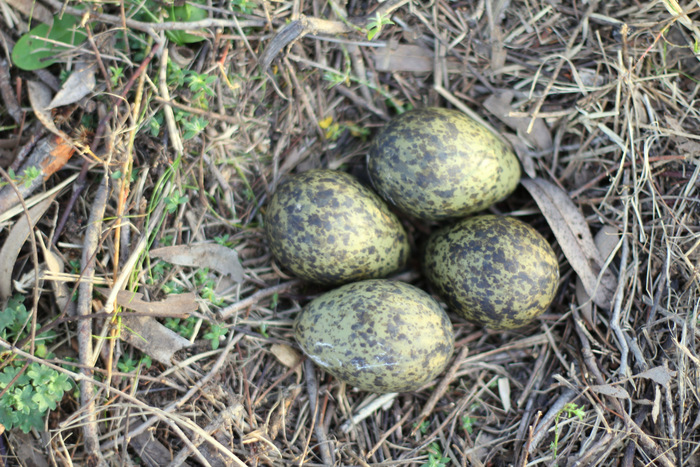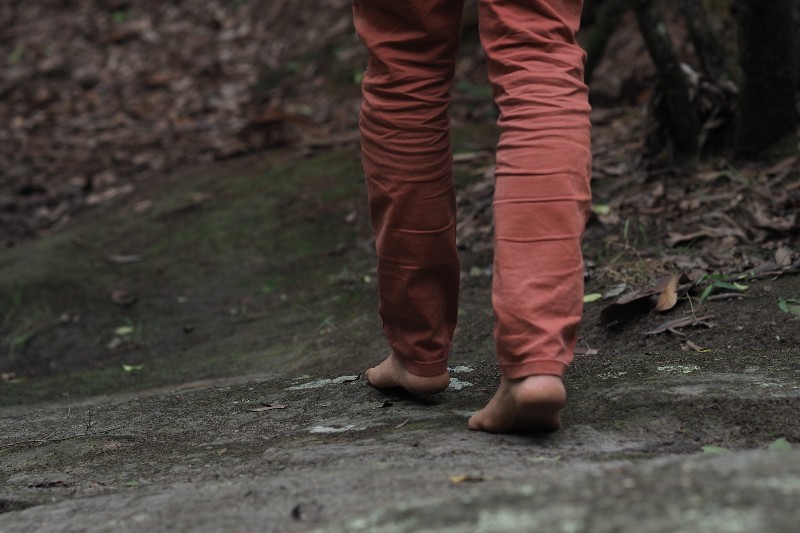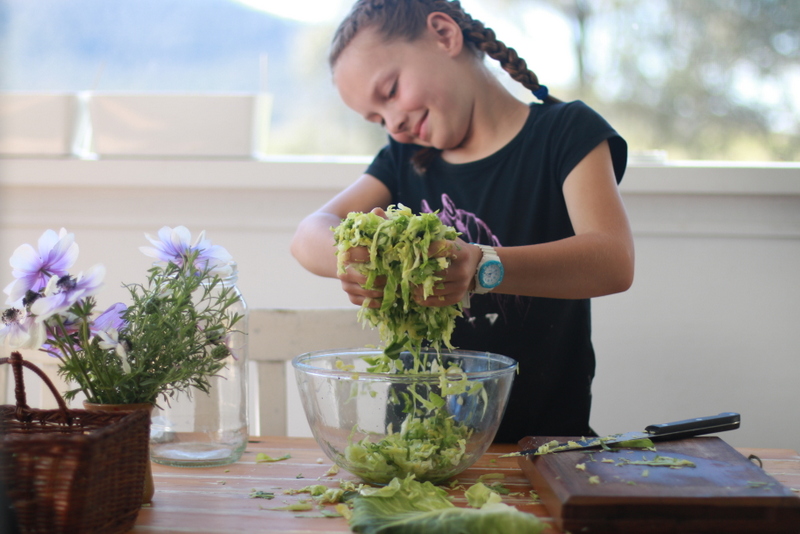Opportunities for the public to contribute to genuine scientific research have exploded in recent years. I love that Citizen Science, where everyday people voluntarily contribute to the collection and analysis of data, actively engages the general public in nature conservation.
Citizen scientists can collect climate change data, test water quality, monitor sea level, spot marine species, survey birds in their own backyard, and can even help marine researchers understand what whales are saying, just to name a few of the hundreds of citizen science projects on offer.
I’m particularly envious of the opportunity Australian Capital Territory residents have to borrow special bat detectors that can record bat calls. Through ACT Batchwatch, citizen scientists collect bat recordings that are subsequently analysed and contribute to knowledge of the bats of the ACT. I’m hoping this project will one day expand to NSW and other states. I imagine most kids (and many adults) would love to head out in the dark armed with bat detector to collect bat calls.
You can collect climate change data
A national opportunity for citizen scientists is ClimateWatch. ClimateWatch investigates how changes in temperature and rainfall are affecting the behaviour of Australia’s plants and animals. Citizen Scientists choose a mammal, bird, insect, reptile or plant to keep an eye on and start recording observations online.
Little Eco and I have registered and chosen the Masked Lapwing, a bird we’ve seen nest on our property and the Lesser Wanderer Butterfly, after discovering a breeding population nearby.
The Climate watch website provides helpful field guides and lists what we should be looking for. Masked Lapwing behaviours we’re looking for include calling, bird on eggs or bird feeding young.
For the Lesser Wanderer we’re looking for presence, courting/mating, egg laying and butterlies emerging from their chrysalis.
You can collect biodiversity data
We’re also planning to contribute data to the Atlas of Living Australia. Anyone can contribute sightings of plants or animals you have seen in your area. We’ll be using the Atlas to document the native flora and fauna of our property.
The Atlas of Living Australia also offers opportunities for those who would prefer to contribute their volunteer hours from behind a computer screen. Register on the Biodiversity Volunteer Portal and you can help digitise museum collections by transcribing specimen labels, field journals and mapping location data. By transcribing this text you can help our natural history institutions open up their collections.
I’m looking forward to exploring these and more citizen science projects with my daughter. What a wonderful learning opportunity and great way to engage with nature and the scientific community.
Are you a citizen scientist? If not, are you tempted?
[Originally published in the The Newcastle Herald 13th April 2013]



